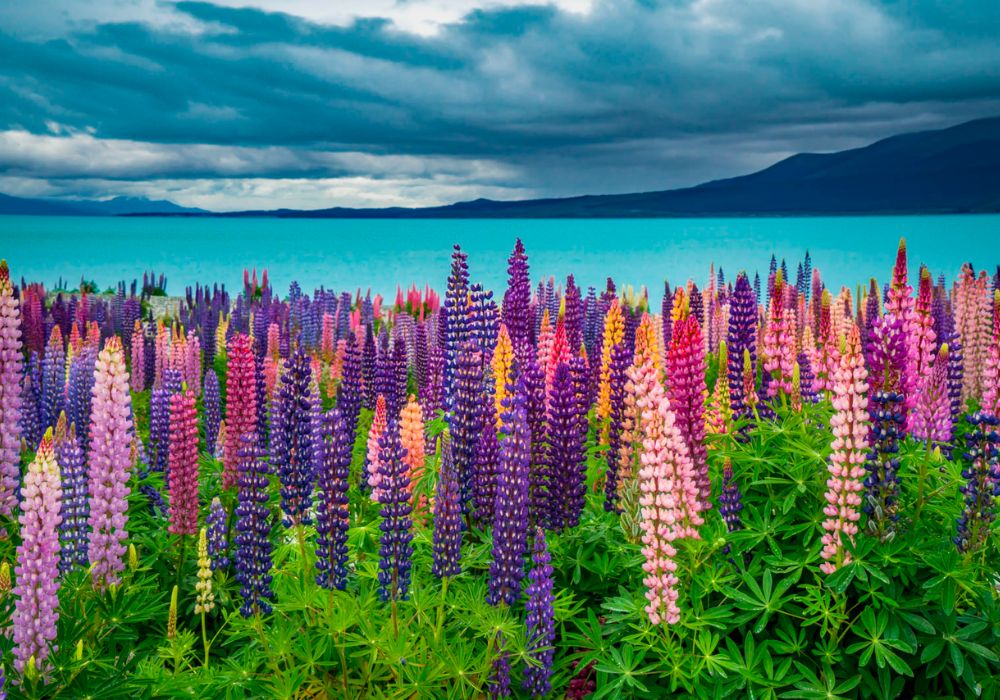You just cannot afford to ignore the benefits of visiting New Zealand in the shoulder or off-season! You should absolutely take New Zealand’s shoulder season and off-season into mind when deciding whether to visit the nation for a brief vacation or how to divide your time between working and traveling when on a working holiday.
1. When is Off-Season, Shoulder Seasons, or High Season in New Zealand?
- Off-Season: This is the period of the year when New Zealand receives the fewest visitors. Winter in New Zealand is now (June-August).
- Shoulder Seasons: In New Zealand, spring (September–November) and fall (March–May) are both regarded as shoulder seasons. This translates to decreasing tourist numbers that are nevertheless greater than in the winter.
- High Season: The summer months of December through February are New Zealand’s busiest when throngs of visitors from abroad and within the country are both seeking to make the most of their vacation time.
2. Why Should You Visit New Zealand in the Shoulder and Off-Season?
Everything is much less expensive

Prices for everything fall in the shoulder and off-season, providing travelers the chance to get the most for their hard-earned money. This includes rental rates for buses, campervans, cars, and lodging. Spend your hard-earned gold on the things that really matter: once-in-a-lifetime adventures.
Autumn and Spring in New Zealand are Beautiful
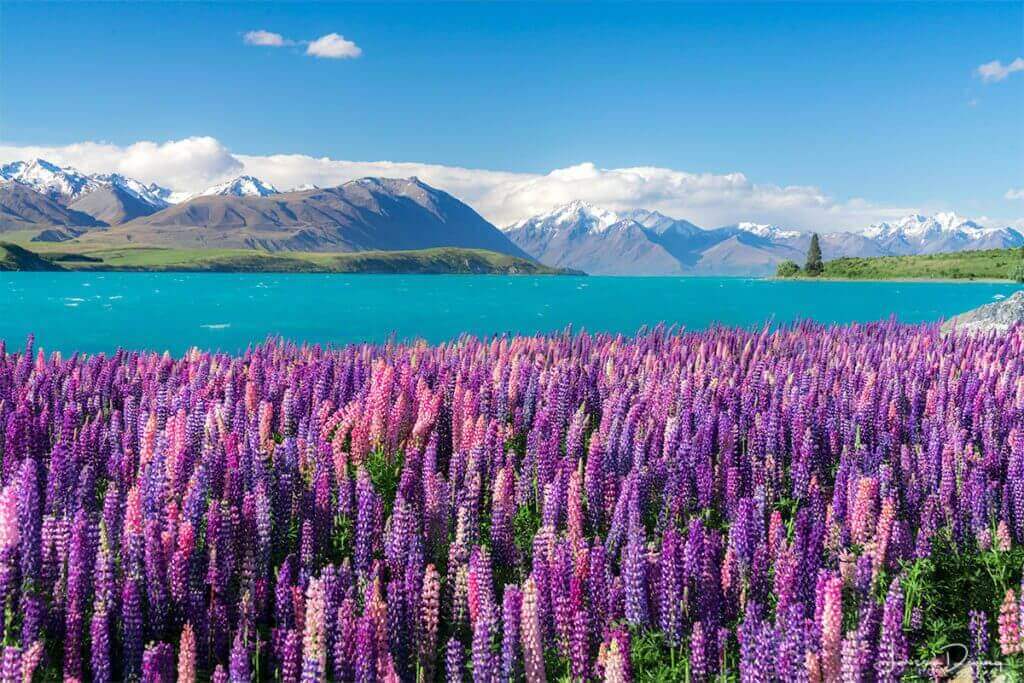
Spring is the ideal time of year for a picturesque trip to New Zealand, with the world-famous lupins (likely the most Instagrammed flower in the world) blooming in November, hundreds of other flowers in full bloom throughout the season, lambs romping through the fields between July and October, and birds singing their hearts out.
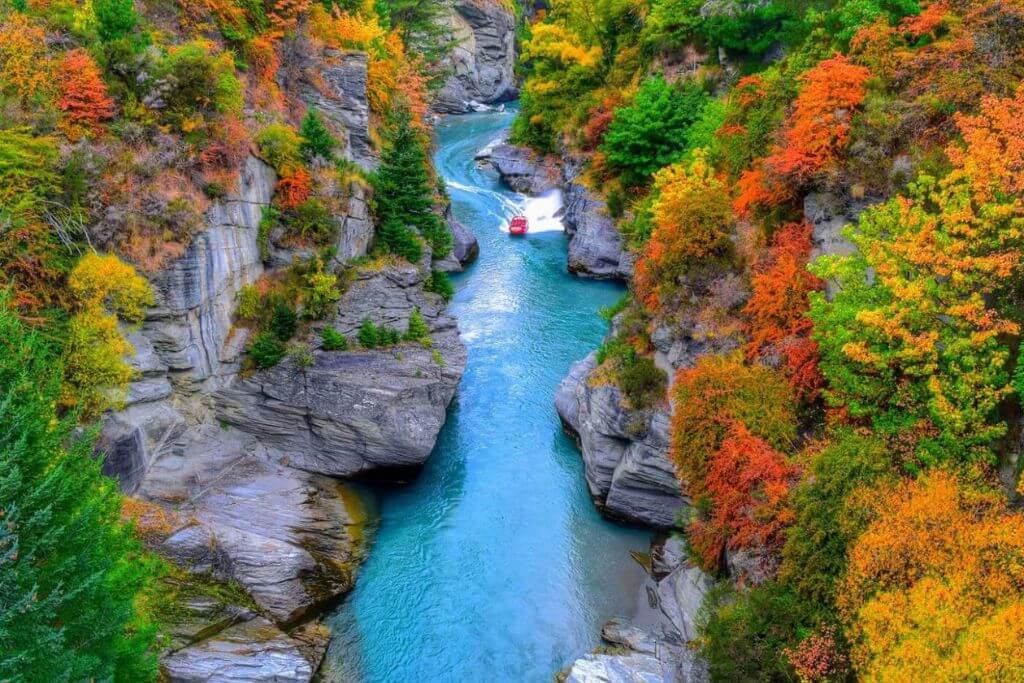
New Zealand takes on an even more stunning appearance in the fall when the waterfalls are rushing, and the skies are interwoven with elaborate cloud patterns. The woodlands are more vibrant than ever, giving you the impression that you are actually entering Middle-earth and transforming every journey into a true experience.
Winter in New Zealand is Epic
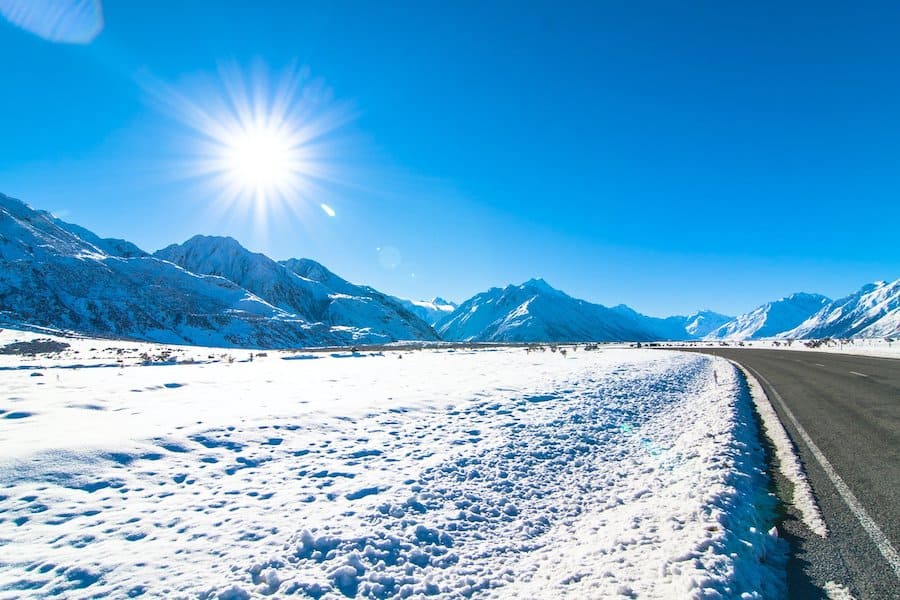
The Southern Hemisphere’s winter is all about New Zealand. In August, the nation’s 20+ ski areas draw all the addicts seeking their fix on the white stuff. In addition to offering top-notch skiing and snowboarding, New Zealand also provides other fantastic winter activities, ensuring that you get the most out of the magnificent Southern Mountains.
The climate is still excellent
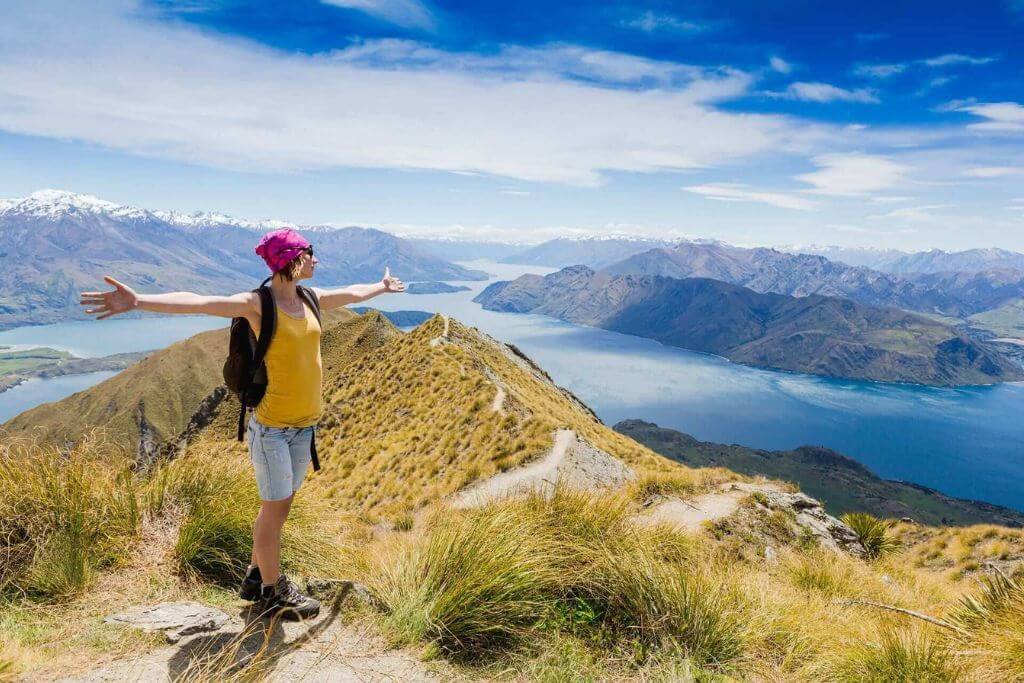
One of the most common myths is that traveling to New Zealand during the shoulder and off-seasons guarantees unfavorable weather. In actuality, New Zealand’s weather and climate are erratic, so you can experience summer or winter with heavy rain or clear, sunny days. Even if you do have severe weather, there are tons of amazing things to do in New Zealand while it’s raining.
Prevent Crowds
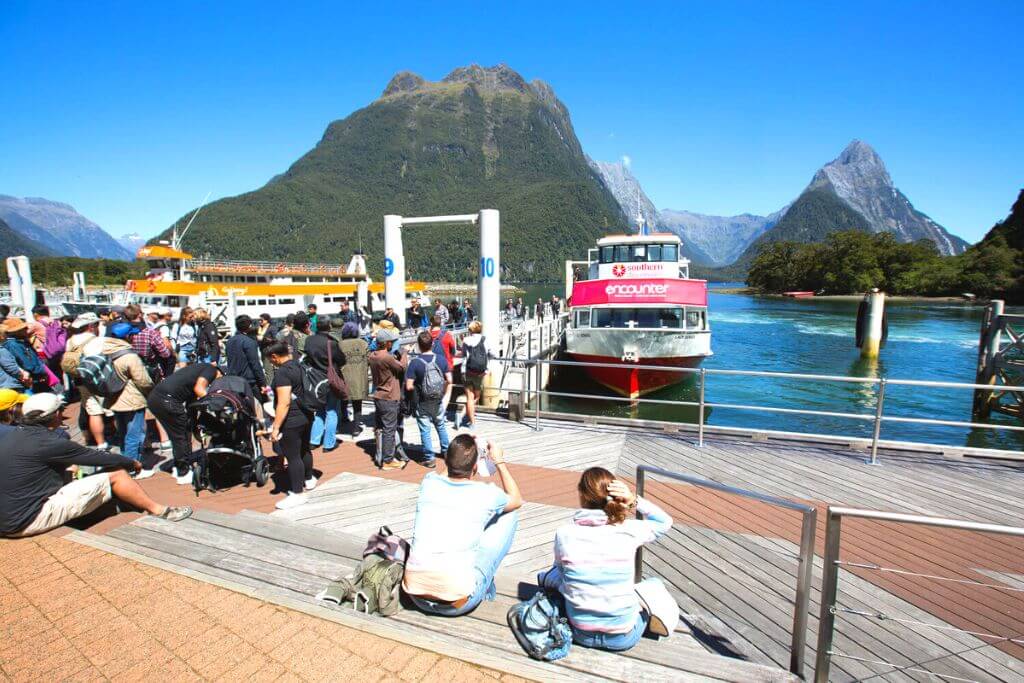
Some places can get fairly chaotic over the summer. We are considering places like Hot Water Beach, Milford Sound, and Lake Tekapo, to name a few. Only a few people can live comfortably in New Zealand due to its size.
Traveling during the off- and shoulder seasons, you may treat yourself to a tranquil vacation in the countryside and avoid the crowds. There is nothing like that tranquility in the presence of beautiful scenery.
Avoid the Extended Summer Vacations
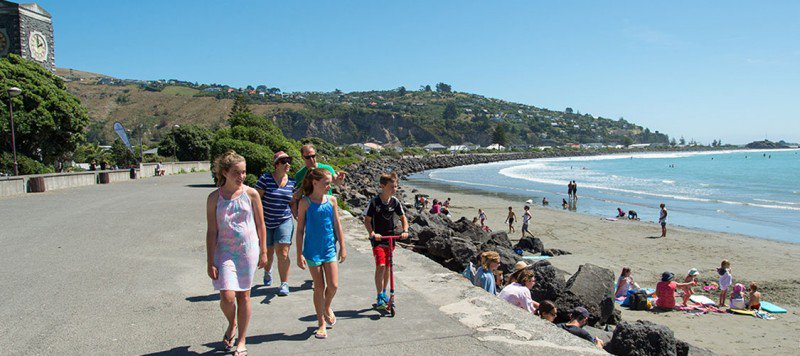
Similar to the tip above, you’ll have a much better time seeing New Zealand if you’re not surrounded by children playing on the beach or arguing next to your lodging. Most of New Zealand’s public holidays and the six-week-long main school break occur in the summer, the busiest travel season, so avoid it at all costs. The end of April, the end of July, and the end of October all have two-week-long school breaks.
More Locals to Meet
Locals typically vacation in the country’s summer tourist hotspots or in nearby Pacific Islands in the summer. During the shoulder and off-season, you have a lot more opportunities to interact with locals and perhaps stay with them.
Meet More Animals
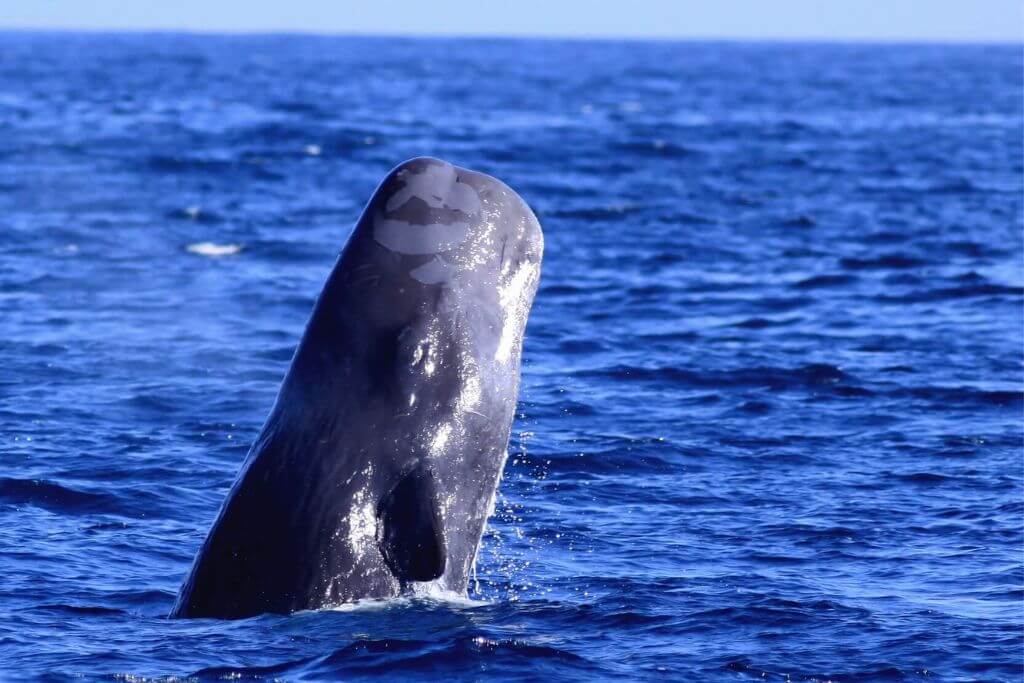
In New Zealand, you can observe animals all year round, it’s true. Nonetheless, those who enjoy the outdoors can also profit from the shoulder seasons. While sperm whales can be spotted in Kaikoura year-round, the best times to observe orcas are from October to March, and the best times to see humpback whales are from June to August.
Between September and November, albatross at the Royal Albatross Centre in Dunedin land on the shore to breed and construct nests. Beginning in November, the greatest time to see chicks, including penguin chicks, is.
Be more impulsive and heart-driven
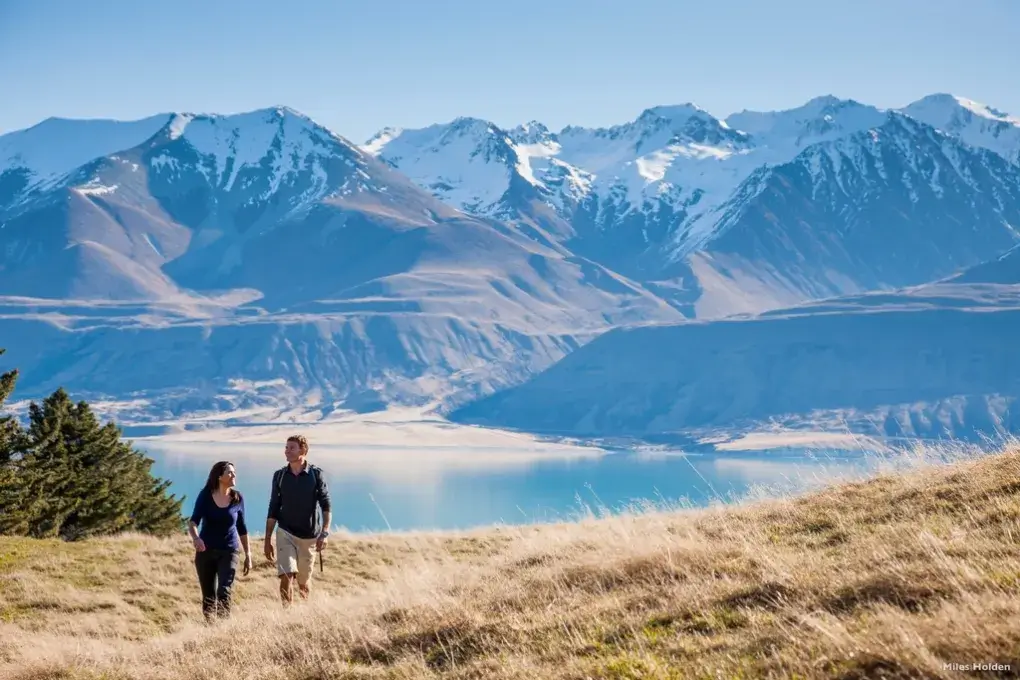
You do not need to make all of your travel arrangements in advance if you are traveling during the shoulder and off-seasons. Anywhere across the nation, there are still open spots.
Thus you can go with the flow and switch places if you recently fell in love with a location or met fantastic like-minded travelers. Your plans can be adaptable because New Zealand has shoulder and off seasons!
It’s a Much Cooler
You are therefore traveling in a car, campervan, or bus with a large group of friends. We can assure you that you will enjoy some cooler conditions. We salute anyone who has spent the night in the heat in a packed automobile or camped out in the sun during the summer. We decide on the transitional period.
Several enjoyable events are taking place

There are many fantastic festivals held in New Zealand to celebrate the winter seasons, and there is also a ton going on in the spring and the fall. For instance, some of the events you may attend in the winter, or the off-season, are the Queenstown Winter Festival (held in June), WOMAD (held in July), Matariki (held in July), and Russell Birdman (held in July). The Victorian Fete (September), Whitianga Scallops Festival (September), Wellington on a Plate (October), and the Wildfoods Festival all take place during the shoulder seasons (November).
Thus, if the lack of major events bothered you, be assured that New Zealand’s shoulder and off-season won’t be boring you.
